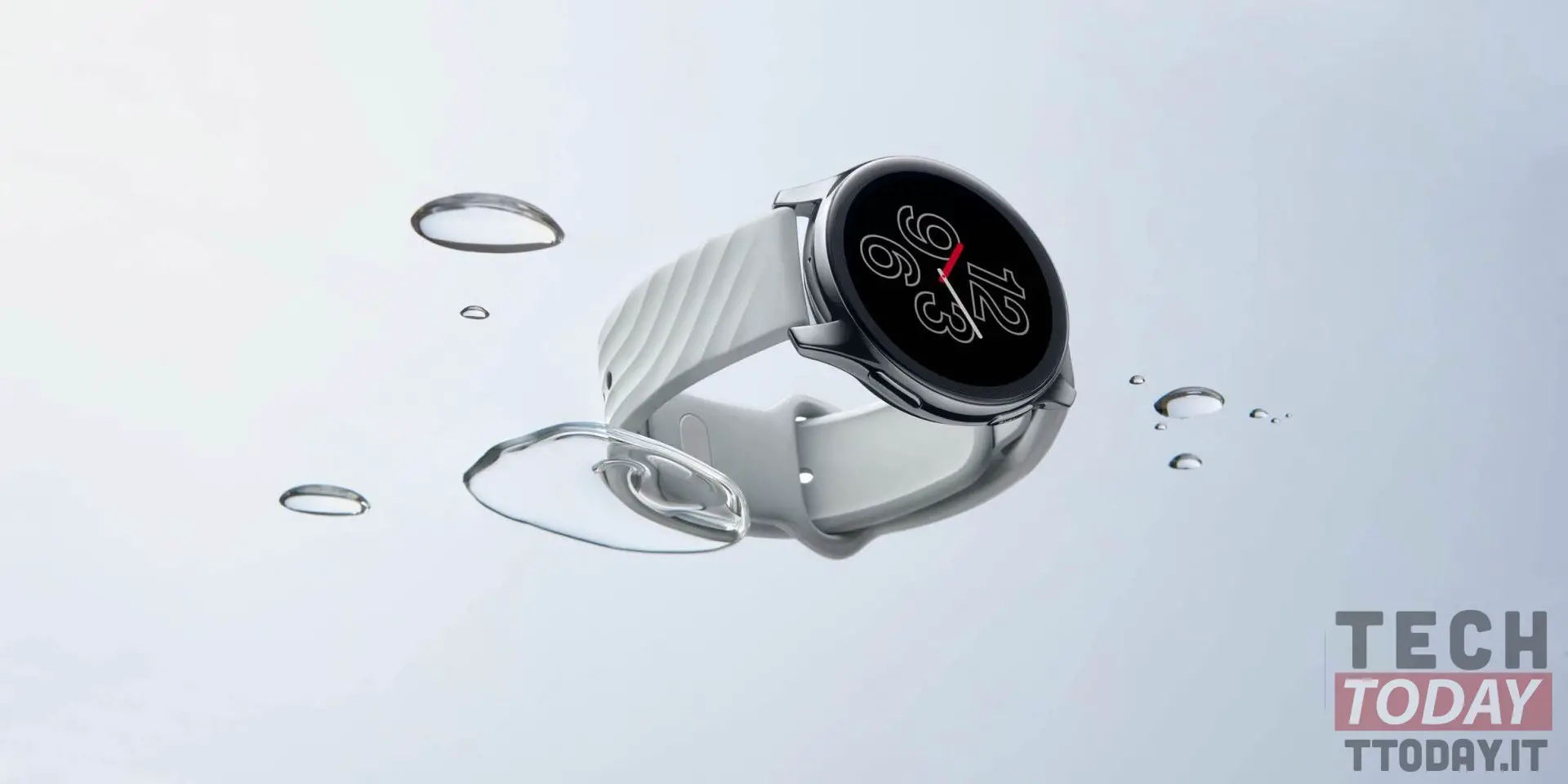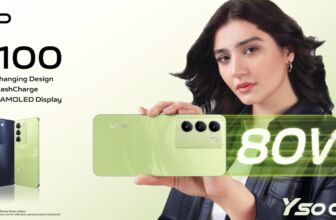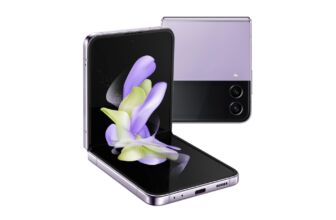
Oneplus watch it arrived on the Chinese and international market almost simultaneously and many users were pleasantly surprised. One of its strengths is (although many will not admit it) the price. TO poco more than 150 € it ranks at the top as the best smartwatch also considering the plethora of features available. But just about the features, some have had to say about theabsence of Wear OS, or the Google operating system designed specifically for smartphones. But because this choice? The brand explains it to us.
OnePlus Watch does not have Wear OS but RTOS, a much lighter and more functional operating system: the brand explains the reason for this choice
Battery is the main reason. OnePlus explains that the main reason the OnePlus watch uses a "real-time operating system" (RTOS extension) customized instead of Google's Wear OS is one of the most common problems: the battery life. It is no secret that the Google skin is heavy and one of the key factors for a smartwatch to buy is its own the autonomy. But let's see specifically what the brand has to say.
Another thing I noticed in your comments are the questions as to why we chose to use the RTOS system instead of Wear OS. When making a decision like this, we must always weigh the benefits with challenges to find what we think will result in the best user experience. We found that both operating systems had a lot to offer, but also some disadvantages. So after evaluating all of our options, we ended up choosing RTOS primarily for the ability to offer our users longer battery life.
Basically OnePlus on OnePlus Watch has decided to sacrifice some "intelligence" to meet user requests. In fact, greater autonomy is always requested by buyers and indeed, it is one of the reasons why a user desists from buying a smartwatch.
There are news on the way
Those who bought OnePlus Watch will no doubt have noticed some failings. It is physiological: as soon as the device is released it needs a running-in period within which updates are delivered. One of the next updates will also bring theAlways on Display.
We have heard many users request the always-on display. We are currently looking at how it affects power consumption and are considering bringing this feature into a future OTA. I'm also interested in hearing your thoughts on how important AOD is to you, considering it could increase your energy consumption by nearly 50%. Let us know in the thread below.
In the Q&A of the official forum it is also asked if it is You can reply to messages. The brand responds like this:
We have a preset list to conveniently reply to messages. After an upcoming OTA, we will also have a custom preset response list for you to customize your instant responses.
But one thing that many have wondered at the time of launch is: which one processor use this smartwatch? It does not use a common Snapdragon Wear, but a series of different processors:
OnePlus Watch uses a combined three-chip solution: ST32 + Apollo 3 + Cypress. The ST chip has excellent performance and is responsible for the interactive user interface interface. The display is also processed by the ST chip, giving users a smooth system experience.
For completeness of information we remind you that Apollo 3 is a co-processor which goes to help the main SoC (in this case the ST32) should the device perform more complex jobs. Recall that within the official thread you can also give ideas to improve OnePlus Watch. Who knows, maybe yours will be chosen.
Through | Droid Life







